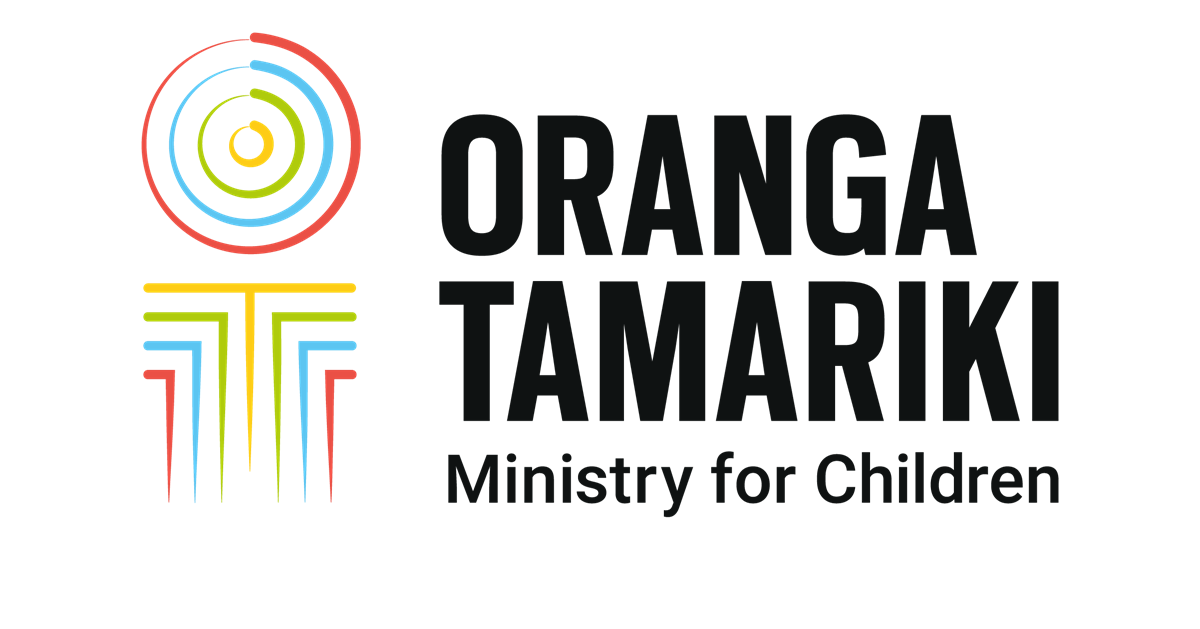Safety checking
The Children’s Act 2014 requires people who work with tamariki in New Zealand to undergo regular safety checks. The Act defines who this applies to and what is required.
The Children's Act 2014 requires safety checks of those who work with children and young people in government-funded organisations if they:
- are paid for their work, or
- volunteer as part of an educational or vocational training course (paid or unpaid).
They must also have their safety check updated every 3 years.
Safety check process
The safety check is a careful process that is set out in regulations. They include the following which must be updated every 3 years:
- a background check by the police (a police vet)
- confirmation of identity
- interviews
- check of referees and any professional registrations
- risk assessment.
Employers are accountable for ensuring safety checks are done, even if someone is doing it on their behalf.
Who has to be safety checked
By law, organisations that receive government money to provide regulated services to tamariki must complete safety checks.
These organisations need to check anyone they pay to work with tamariki, and any unpaid volunteers who are in educational or vocational training.
These include roles working with tamariki in:
- schools
- early childhood services
- school bus services
- public hospitals
- medical practices belonging to primary health organisations
- publicly funded providers of social or support services
- providers of services approved under legislation to work with tamariki.
Self-employed children’s workers
Safety checking laws only apply to some self-employed people or sole practitioners.
A safety check is required for them if they provide regulated activities to:
- a state service
- an organisation that receives funding from a state service.
The agency or organisation who contracts the self-employed person or sole practitioner is responsible for ensuring the safety check is complete.
Who doesn't have to be safety checked
The requirements do not apply to the following:
- volunteers who are not volunteering as part of an educational or vocational training course
- businesses, voluntary or non-government organisations who do not receive government funding
- privately employed children’s workers such as nannies and babysitters
- caregivers of children who receive funding for services for their children
- for example, you could be employing a person to care for a child with a disability, with funding you receive from the Ministry of Health.

